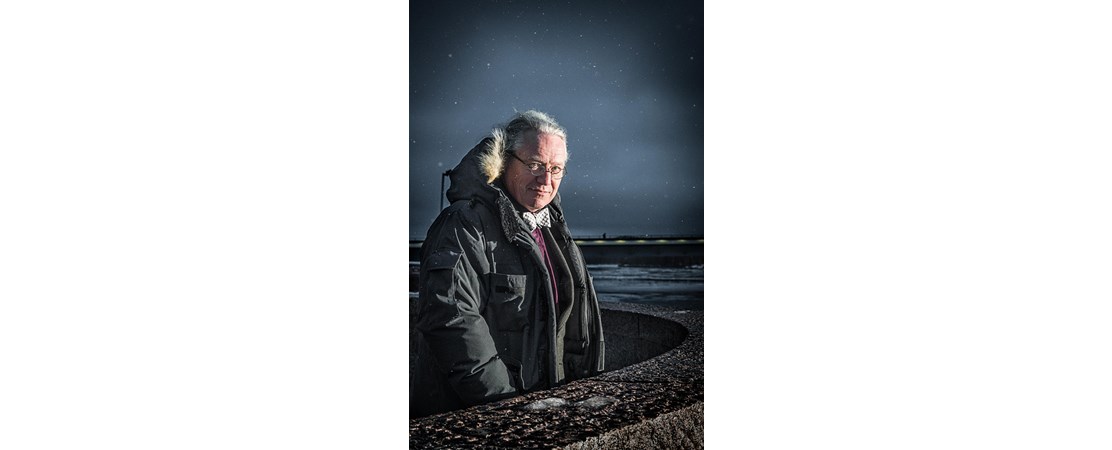Letter from the President

By Lars Kullerud, President, UArctic
Northern peoples have, over thousands of years, managed to develop knowledge and culture with a strong emphasis on not only for surviving, but also for providing support for a good life, despite what for others appears to be a very hostile environment. Fishermen, hunters, reindeer herders, farmers, mothers and elders all have their specific knowledge carried on through generations, and also adopted to new realities and opportunities.
Research activity has grown considerably in the Arctic over the last few hundred years and has developed fantastic skills to not only survive in the field, but also to carry out important experiments and observations. The same period has given us cities, public services, and infrastructure as well as extractive industry and tourism operations that are only to some degree successfully adapted to life in the North.
It is obvious to everyone that with increased and new forms of activity it is also necessary to think both structurally and practically about how to do this in a way that does not harm the environment, the people, or the activity itself.
The Arctic Council is the mother of the Arctic Search and Rescue Agreement and the Council was also an important driver behind the Polar Code for maritime operations. These efforts by governments are essential, and will reduce risks for maritime operations. Many measures to increase our collective safety are implemented by national and regional governments. In spite of these efforts, we know that life in northern societies can be risky, with long distances, relatively low supporting infrastructure, and constrained access to key services when accidents happen.
A broad human-based concept of northern security includes collective knowledge, efforts and regimes to ensure that northern lives are protected. Social, cultural as well as physical and competence resilience is therefore essential. This includes their health, wellbeing, livelihoods, educational opportunities, languages and cultures. When doing operations in polar regions, safety is primarily about doing work in such a way that serious accidents do not happen, and if incidents happen, community members are able to support and assist the situation and one another. It can take days before help arrives even in modern times whether you are a cruise ship operator, the mayor of a community in crisis, or a research team.
Academic institutions alongside the peoples of the North are now creating a new era of Arctic security and safety competence building and networks of mutual trust and support. This issue of UArctic’s Shared Voices magazine gives insight into many of the aspects of safety and security that need to be meet to ensure safe and prosperous lives for northerners, the northern environment, as well as for our guests.
